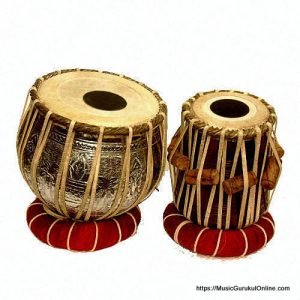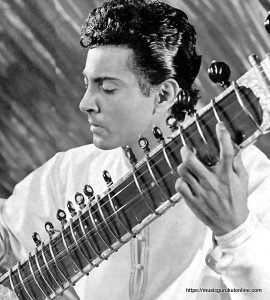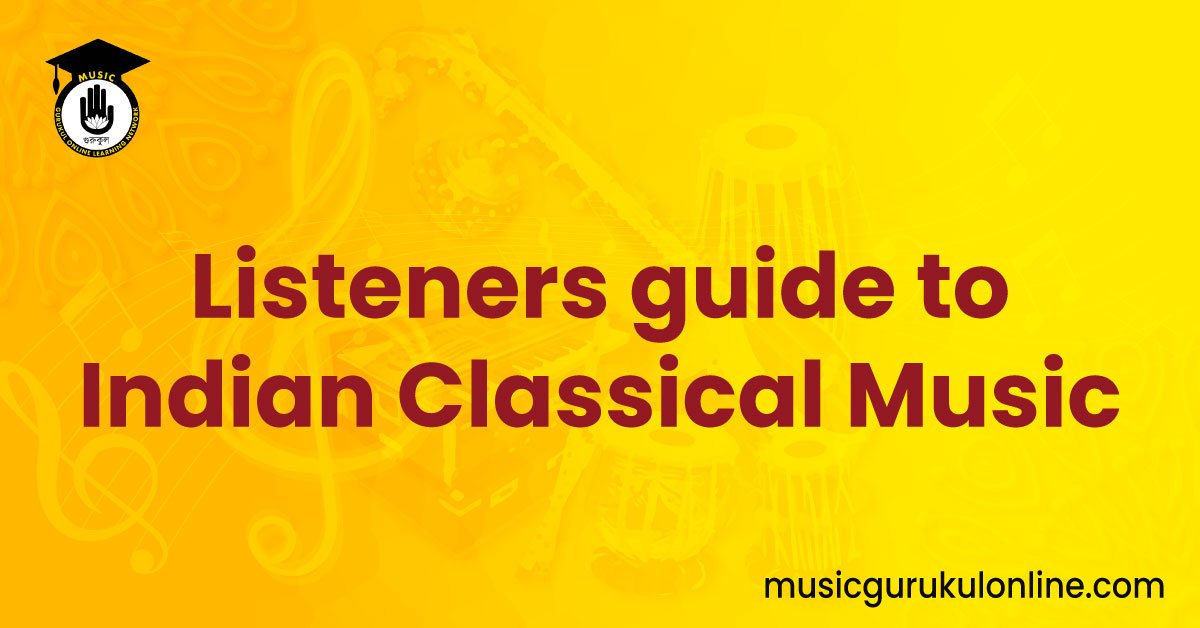Listeners Guide to Indian Classical Music: You would require little more effort than an open ear to acquire the taste of Indian classical music. We are trying to accumulate related information and tools to help you to start your journey as a listener.

Contents
Introduction
The Quest and the Lure
- The Quest
- How to Listen
- The Uniqueness
- The Call of the Swara Learning the Art
- The Alchemy of Music
- The World of the Raga
- Talathe Throb of the Raga
- Hindustani and Carnatic Music
- Reaching Out
Hindustani Music
- The Language of Hindustani Music
- Descriptions of the Scale
- Raga its Elaboration and Growth
- The Techniques and Graces
- Tala – the Pulse of the Raga
- Styles and Forms
- Gharanas or Schools of Music
- Musical Instruments.
- A Hindustani Music Concert Some Basic and Deeper Concepts
- The Meaning of Improvisation
Carnatic Music
The Language of Carnatic Music
The Indian mind always tries to trace a mythological origin for every aspect of the study. Religion and philosophy have been a part of daily existence. It does not mean, however, that it was unmindful of systems and analysis.

If music was elevated to be the fifth Veda, the Gandharva Veda, the consistent application of the principles of physics and mathematics created a scientific and an enduring system of music. Music occupied a high place among the arts. At the same time, every concept of music and its various elements were methodically analyzed and clearly and scientifically defined.
Till the advent of the Mughals, there was one system of music throughout India. The Moghal Empire and its widespread power had a direct bearing on the socio-cultural life in the northern parts of India, heavily influencing music also. This caused the bifurcation of hitherto one Indian music into Hindustani Sangit and Karnataka Sangitam.
The Karnataka Sangitam, more commonly referred to as Carnatic music today, is the old continuing tradition of the ancient Indian Music, of course, with its natural dynamic transformations as a part of its growth. The basis of the ancient heritage has remained intact, passed on mainly through an oral tradition called ‘Karnaparampara’.

Most of the terms figuring in the following audio-glossary are directly traceable to the ancient and medieval texts on music, the earliest being Natya Sastra dating back to 400 B.C. Hence a large number of them are derived from Sanskrit, while others have originated in different parts of South India.
To maintain a uniformity in presentation they are given here in English and then in – Devanagari. The practical relevance of these terms in contemporary music is a sign of the greatness and continuity of this ancient system of music.
- Swara and Moorchana The Embellishments
- The Embellishments – their Applications and Techniques
- Movements of a Raga
- Types of Compositions
- Tala in Carnatic Music
- Musical Instruments
- A Carnatic Music Concert
Credits:
- The Creative Team
- Contents of the CDs
- System of Transliteration Alphabetical Index
- Illustrations of Musical Instruments
- Sources of Music
Read More on Indian Classical Music :
- Music Gurukul Online: Indian Classical Music
- Gaan Kheko Project of Sufi Faruq Ibne Abubakar
